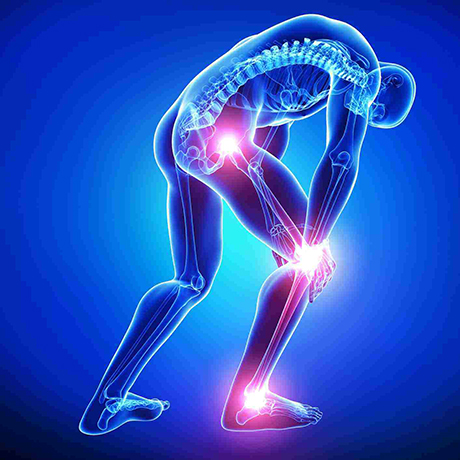Efficient Fluid Methods for Optimal Rehabilitation After Exercise
Wiki Article
Fluid intake is a vital aspect of restoration after physical activity. When individuals engage in physical activity, their bodies lose fluids through sweat and breathing. This loss can lead to fluid loss, which negatively impacts restoration and overall effectiveness. To ensure ideal recovery, it is important to understand efficient hydration techniques. Staying properly hydrated helps replenish lost fluids, rebalance electrolyte balance, and support muscle recovery.

One efficient method for hydration is to drink water prior to, during, and after exercise. Taking in water prior to exercise readies the system for physical activity and helps prevent dehydration from the beginning. Throughout exercise, taking small sips of water can sustain hydration levels, especially during extended or intense workouts. After exercising, drinking water restores lost fluids and aids in recovery. It is important to pay attention to the system and drink water when experiencing thirsty, as this is a instinctive indicator of hydration requirements.
In addition to water, sports drinks can be helpful for hydration, especially following vigorous exercise. These drinks often contain electrolytes such as sodium and potassium, which are lost through perspiration. Replenishing these electrolytes is crucial for muscle performance physical therapy for whiplash injuries and overall recovery. However, it is important to select sports drinks wisely, as some have high levels of sugar. Opting for low-sugar or electrolyte-focused drinks can provide the necessary advantages without too many calories.
Another important approach is to observe urine color as an indicator of hydration level. A light yellow color typically signifies proper hydration, while dark urine may indicate dehydration. This easy method helps individuals evaluate their liquid intake and make adjustments as needed. Additionally, eating hydrating foods such as fruits and vegetables can add to overall fluid intake. Foods like melon, cucumbers, and oranges have high water content and can support hydration initiatives.
Finally, developing a hydration plan can enhance recovery after physical activity. This strategy should include specific amounts of water and electrolytes to intake based on personal activity levels and why not try this out surrounding conditions. By setting hydration goals, people can ensure they fulfill their needs consistently. Adopting these efficient hydration strategies can lead to improved recovery, better performance, and overall health after exercise.